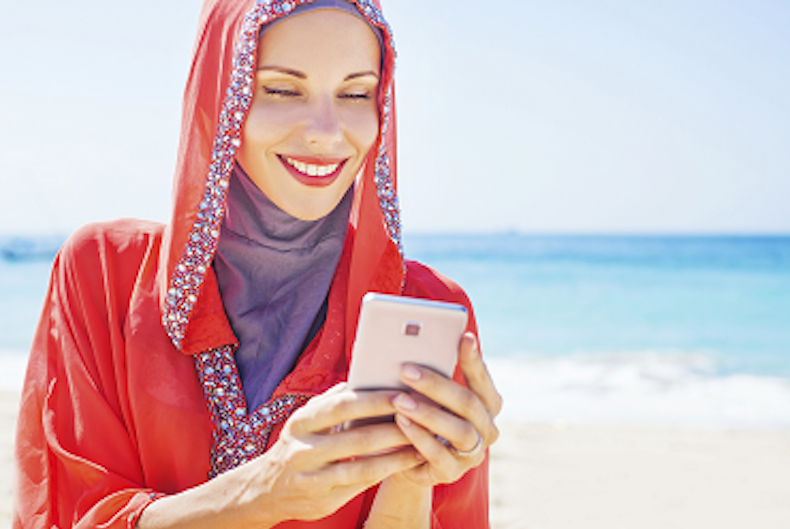
Ramadan is an ideal time for marketers, agencies and broadcasters to capitalize in the market space, as there is a significant impact on people’s purchasing, viewing and social behaviors. There are three key windows for opportunities: pre-Ramadan that is the time leading up to Ramadan, the Holy Month of Ramadan itself and lastly, post-Ramadan – Eid-ul-Fitr. For many consumer-oriented companies, advertising budgets tend to increase, with companies trying to find ad space and a voice in the market.
Consumer behavior research has shown that the general public tends to increase the consumption of goods and services, with purchasing capacity doubling during Ramadan. Keeping this research on consumption habits in mind, marketers can take advantage by moving to a more Ramadan-centric method of messaging and communication. Each industry requires its own approach to attract consumers. Marketers in the banking and automotive industries should approach their consumers with promotions or discounts. This strategy provides a more charitable feel, which is often well received during the Holy Month. Research has also found that consumers tend to search for such discounts and promotions, which provides a unique platform for marketers to invest smartly.
The food and beverage industry has an ideal position during Ramadan. The assumption would be that food sales would decline during the Holy Month, as many consumers might fast the whole day spending time in spiritual reflection. Research has demonstrated that consumer trends show quite the opposite outcome. Families and friends often come together for Iftar, breaking their fast at dusk, typically with dates, but traditionally the build-up to Iftar is usually marked by quality time taken to cook food. This leads to food sales increasing dramatically.
TV viewing habits are affected during Ramadan. According to research on Ramadan TV viewing habits by OSN, at least one in three people in the Middle East and North Africa (MENA) watch three to five hours of television every day during Ramadan compared to the regional average of 3.1 hours throughout the rest of the year. As the working day changes to comprise fewer hours, people tend to have significantly more free time on their hands. Research has shown that people are more attracted to variety and drama shows, with political programs and news only slightly affected.
As TV viewership increases, so does digital media consumption and usage. With the rise in the consumption of digital media in the region, the internet has emerged as an increasingly popular source for entertainment, research and socializing, particularly during Ramadan. The best Ramadan communications campaigns have been delivered when organizations have jumped on the social media bandwagon, embracing the social media effect and incorporating it with advertising and TV broadcasts. Social media habits also shift to more interaction during the night time, affecting the strategy for marketers. Online purchasing also increases, with mobiles being the key channel through which consumers purchase items.
It is evident that Ramadan is a key time for marketers and companies to invest. It is important to understand Ramadan consumer habits, and plan in advance to take advantage of these during the Holy Month.




